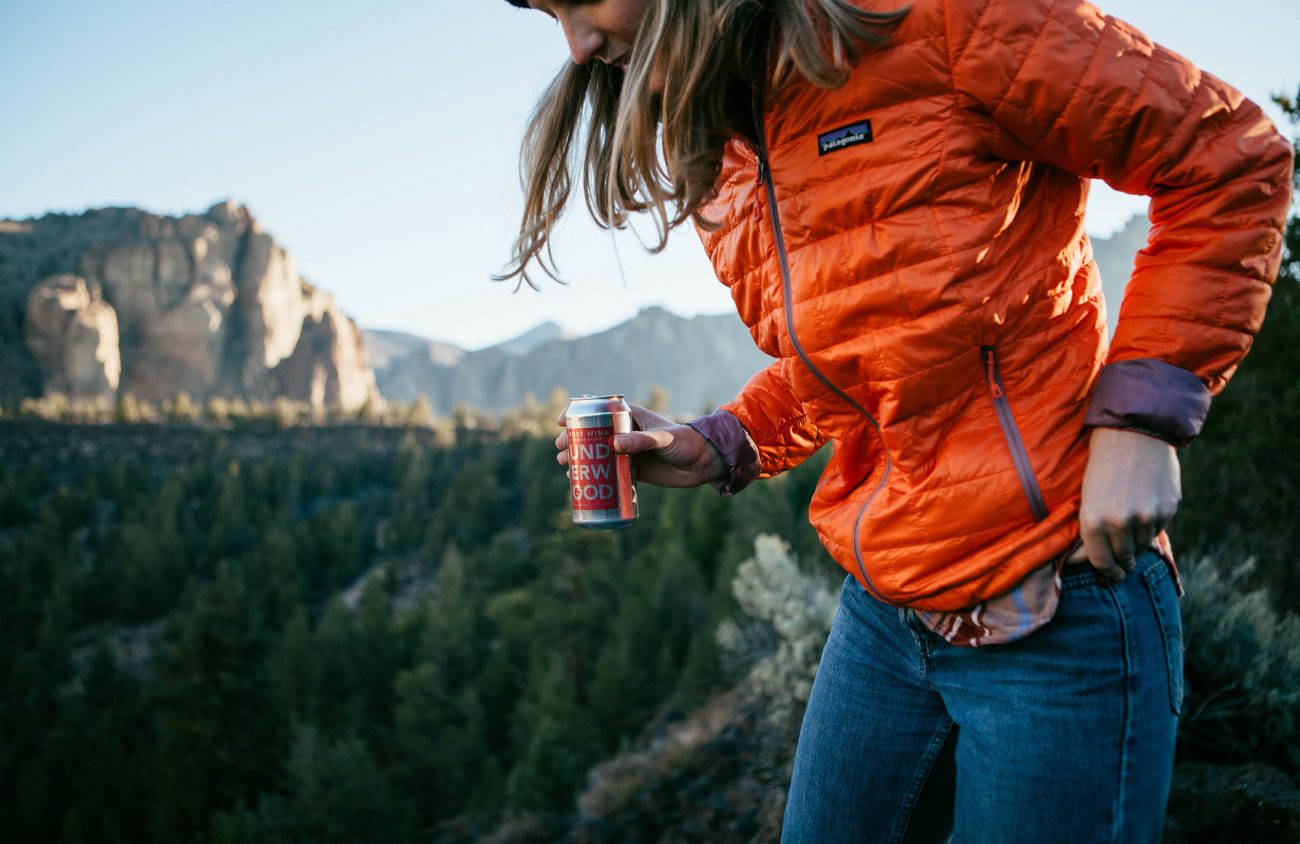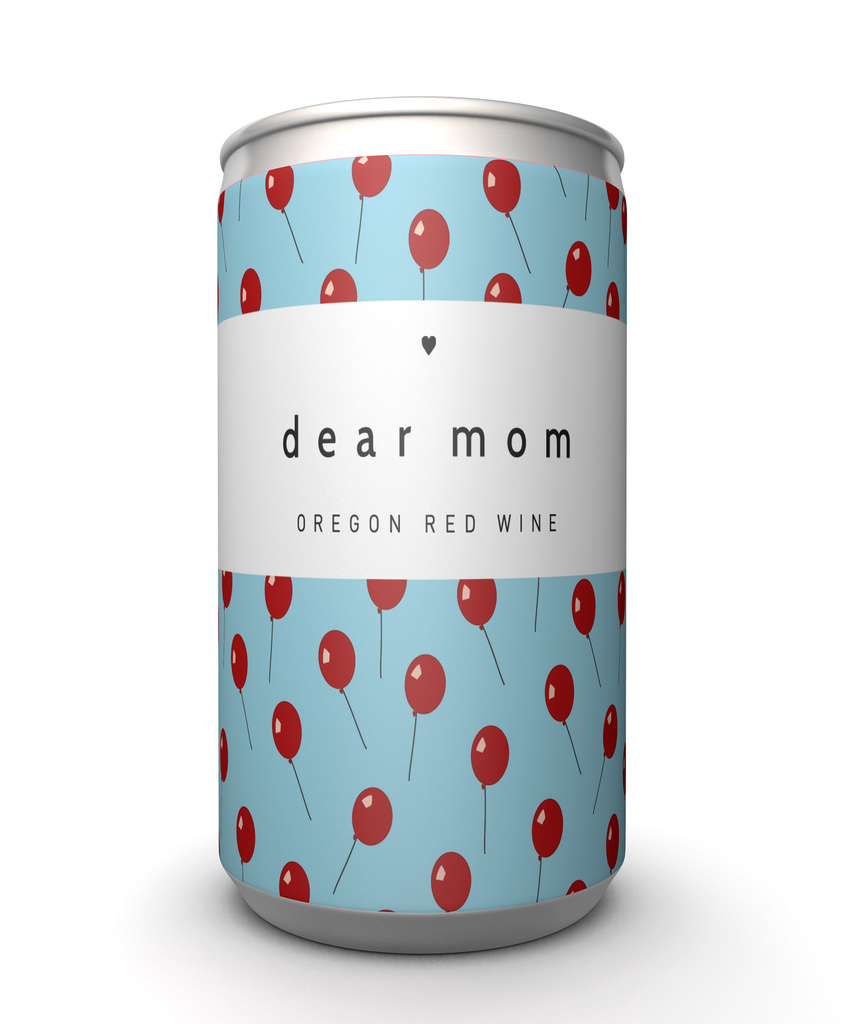Canned wine is growing in popularity. Some might welcome this development as a populist insurgency countering wine culture’s more elitist tendencies. For others, it may seem yet another vulgarity of modern life, cheapening the traditions, rituals and aesthetics of wine for the sake of convenience.
Union Wine Company, located in Tualatin, produces several canned wine varieties, including a pinot noir, a pinot gris, a white, a rosé and a chardonnay, along with its Underwood Riesling Radler — a spin on the traditional beer beverage with a refreshing blend of Oregon riesling, hops and grapefruit.
Ryan Harms, owner and founder of Union Wine Company in Tualatin, calls canned wine part of the “beerification” of his industry. “Consumers are signaling an acceptance” of wine in a can, Harms says. “We believe they are demanding brands to be innovative to connect to their needs.”
Harms says the idea to put wine in a can came from a “wine-induced brainstorming session,” and canned wine is a “direct reflection of our company philosophy: making great craft wine minus all the fuss.”
Wine was stored in barrels well into the 20th century, and wine bottles have only been around since the 1700s. For hundreds of years humans have been drinking wine in all sorts of things — from terracotta jugs to bladders made from animal skin, so our attachment to wine in a bottle is mostly just artifice.
Nevertheless, there is something about drinking wine in a can that feels wrong to me: the proletariat shh-tunk of a pop-top replacing the doink of the cork as it’s ritualistically removed.
I’m a red wine guy, and aluminum forever feels cold in my hand, whether it’s room temperature or slightly cooled, and it’s hard to imagine a rustic wine cellar full of aluminum cans.
For me, drinking wine is just not a crackin’-open-a-cold-one experience.
Nevertheless, Harms points out several good reasons for putting wine in a can, not least of which is consumer accessibility.
“Accessibility makes wine more inclusive,” Harms says. “By putting wine into a common vessel, new wine drinkers feel more comfortable with it. You can’t easily sniff or swirl wine in a can. It forces you to just drink it and enjoy it without overthinking the activity.”
With Oregon’s “work hard, play hard” lifestyle, it’s no wonder the canned wine trend is catching on: It’s perfect for camping, picnics or barbeques.
In addition, canning wine makes sense on a business level. “It costs approximately 40-percent less to package, compared to the equivalent 9-liter case of wine in glass bottles,” Harms explains.
“Putting wine in a can not only saves on packaging costs,” Harms says, “but opens up the wine drinking experience to places where it had previously been difficult, such as outdoor events or when portability is needed.”
But how does canned wine taste? My wife and I sampled Union’s offerings, as well as Simpler Wines’ chardonnay and white, available from Trader Joe’s. Simpler’s white and chardonnay varieties aren’t overly sweet, which we appreciated. Union’s pinot noir mixes strawberry flavors with herbal and bitter green notes. The pinot gris has notes of Asian pear, apple and citrus.
The portability and convenience of canned wine is readily apparent. One can of wine is easier to finish in one sitting, saving the temptation to finish a bottle once it’s opened — which, let’s admit, is a tough temptation to deny.
Union and Simpler cans are 12 ounces, or about two glass-pours of wine. Some canned wine, like Dear Mom out of Portland, come in cans of about 6 ounces, which is perfect for a single pour.
Harms says canned wines do remain fresher and show less change from canning to consumption compared to wines with a screw cap or cork.
“Cans are a very secure closure. Knowing this, it becomes very important to think about the style of wine that goes into the can,” Harms says.
“You need wines,” he continues, “that, the moment you crack one open, are ready to enjoy. Underwood wines are young, fruit driven and have an implied ‘ready to drink’ quality,” lending themselves to canning better than other styles might.
So, whether you’re a wine snob or just looking for something to bring along on a summer camping trip, Harms cautions that you shouldn’t assume wine in a can is somehow an inferior product.
“I can’t speak for all brands, but the wine that we can is the same exact blend that we put into the bottle,” he says. “It’s not wine in a box, which implies the cheapest wine brought to the masses. It’s crafted at the next level of production scale, so it’s really drinkable. We love good wine and have made it for years.”

